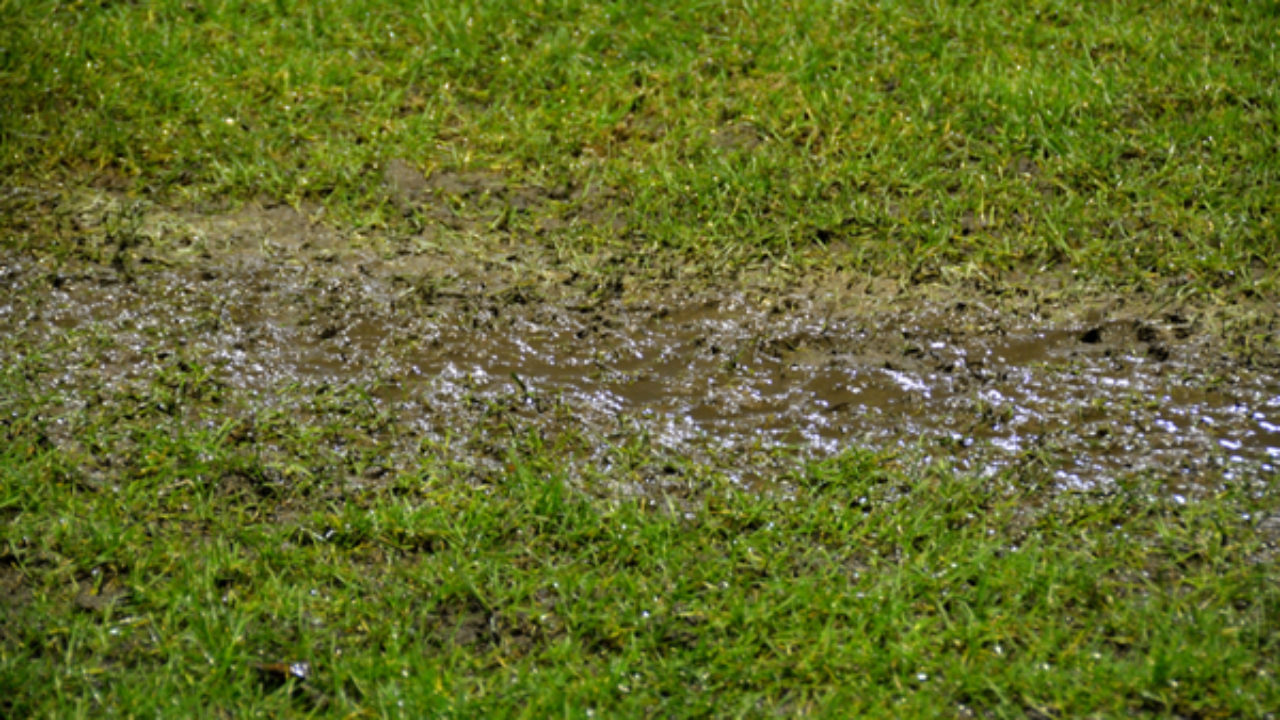Just about everyone may have their own unique perception involving Detecting hidden plumbing leaks.

Early discovery of leaking water lines can alleviate a prospective catastrophe. Some little water leaks might not be visible.
1. Analyze the Water Meter
Every residence has a water meter. Inspecting it is a proven manner in which aids you discover leakages. For starters, turn off all the water resources. Make certain nobody will certainly purge, make use of the faucet, shower, run the washing maker or dishwashing machine. From there, most likely to the meter as well as watch if it will certainly alter. Because no person is utilizing it, there need to be no activities. That indicates a fast-moving leak if it moves. Furthermore, if you spot no changes, wait a hr or two and also check back again. This implies you might have a sluggish leak that might even be below ground.
2. Inspect Water Consumption
If you identify abrupt changes, despite your intake being the same, it implies that you have leakages in your plumbing system. An abrupt spike in your expense suggests a fast-moving leak.
On the other hand, a steady rise each month, even with the very same practices, shows you have a sluggish leak that's also slowly intensifying. Call a plumber to extensively check your residential or commercial property, especially if you feel a warm location on your floor with piping below.
3. Do a Food Coloring Test
When it comes to water intake, 30% comes from bathrooms. If the shade somehow infiltrates your dish during that time without flushing, there's a leak between the storage tank and also bowl.
4. Asses Outside Lines
Do not fail to remember to check your exterior water lines also. Needs to water seep out of the connection, you have a loose rubber gasket. One tiny leak can lose tons of water as well as increase your water bill.
5. Inspect and Examine the Circumstance
House owners must make it a behavior to examine under the sink counters as well as even inside cabinets for any kind of bad odor or mold development. These 2 red flags indicate a leak so timely interest is called for. Doing regular evaluations, even bi-annually, can conserve you from a major issue.
A lot more importantly, if you recognize your residence is currently old, keep a watchful eye on your heating systems, pipes, pipelines etc. Look for discolorations and also compromising as the majority of pipes and home appliances have a life span. They will certainly likewise normally deteriorate because of tear as well as wear. If you believe leaking water lines in your plumbing system, do not wait on it to intensify. Call a professional plumber right now so you don't end up with a dreadful mess in your house.
Early discovery of leaking water lines can reduce a prospective disaster. Some little water leakages may not be noticeable. Checking it is a guaranteed method that helps you uncover leaks. One small leak can lose lots of water and also increase your water bill.
If you suspect dripping water lines in your plumbing system, don't wait for it to escalate.
WARNING SIGNS OF WATER LEAKAGE BEHIND THE WALL
PERSISTENT MUSTY ODORS
As water slowly drips from a leaky pipe inside the wall, flooring and sheetrock stay damp and develop an odor similar to wet cardboard. It generates a musty smell that can help you find hidden leaks.
MOLD IN UNUSUAL AREAS
Mold usually grows in wet areas like kitchens, baths and laundry rooms. If you spot the stuff on walls or baseboards in other rooms of the house, it’s a good indicator of undetected water leaks.
STAINS THAT GROW
When mold thrives around a leaky pipe, it sometimes takes hold on the inside surface of the affected wall. A growing stain on otherwise clean sheetrock is often your sign of a hidden plumbing problem.
PEELING OR BUBBLING WALLPAPER / PAINT
This clue is easy to miss in rooms that don’t get much use. When you see wallpaper separating along seams or paint bubbling or flaking off the wall, blame sheetrock that stays wet because of an undetected leak.
BUCKLED CEILINGS AND STAINED FLOORS
If ceilings or floors in bathrooms, kitchens or laundry areas develop structural problems, don’t rule out constant damp inside the walls. Wet sheetrock can affect adjacent framing, flooring and ceilings.
https://www.servicemasterbyzaba.com/blog/how-to-detect-water-leakage-in-walls/

As a devoted reader on Locating water leaks, I was thinking sharing that excerpt was a good idea. Please take the time to promote this article if you liked it. Bless you for your time. Don't forget to pay a visit to our blog back soon.